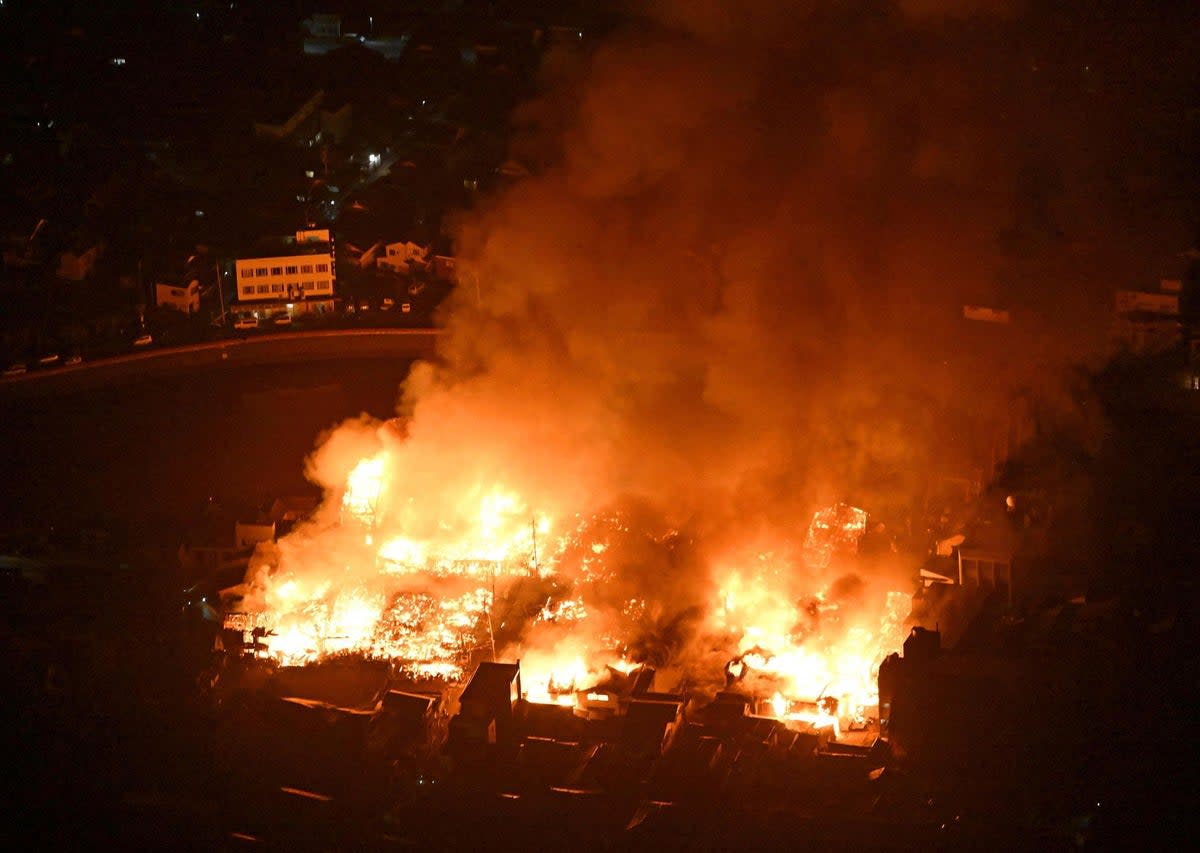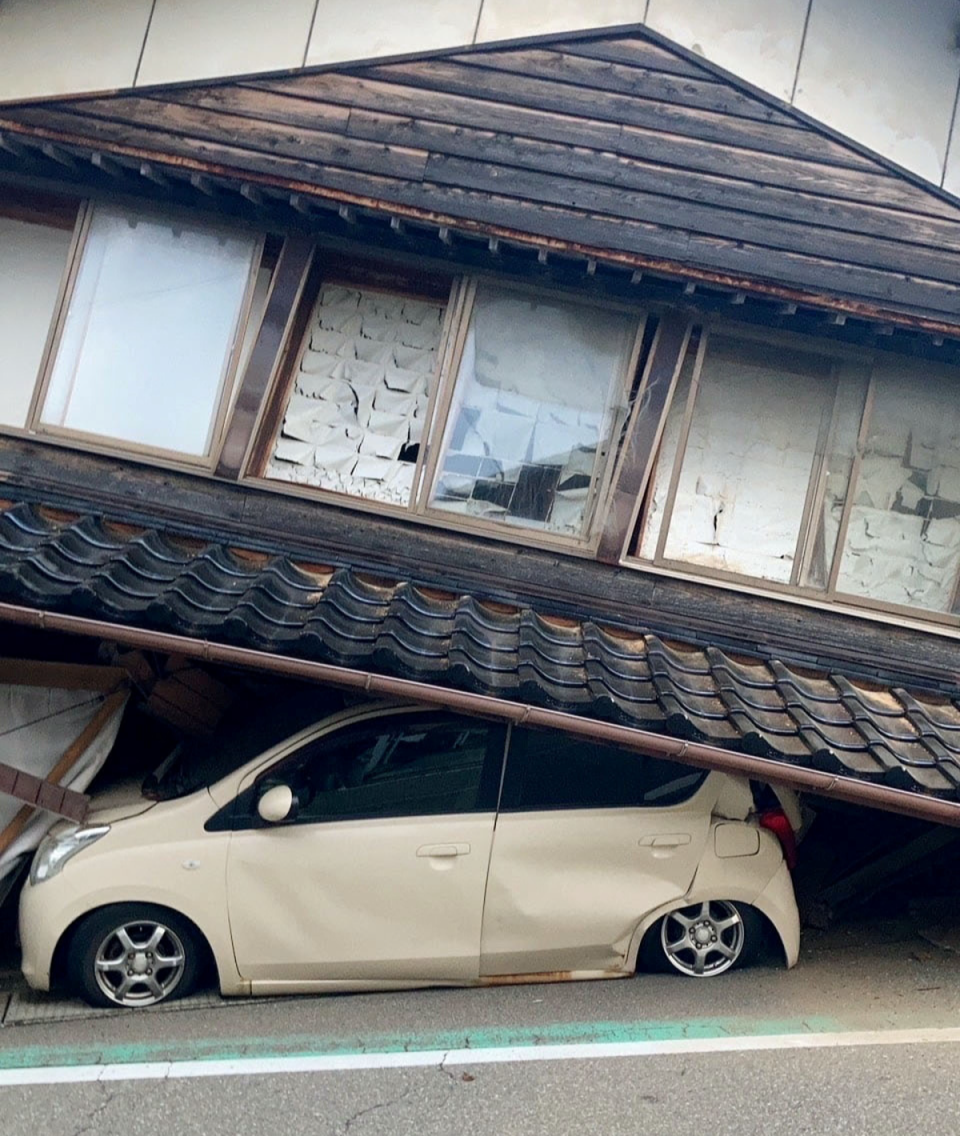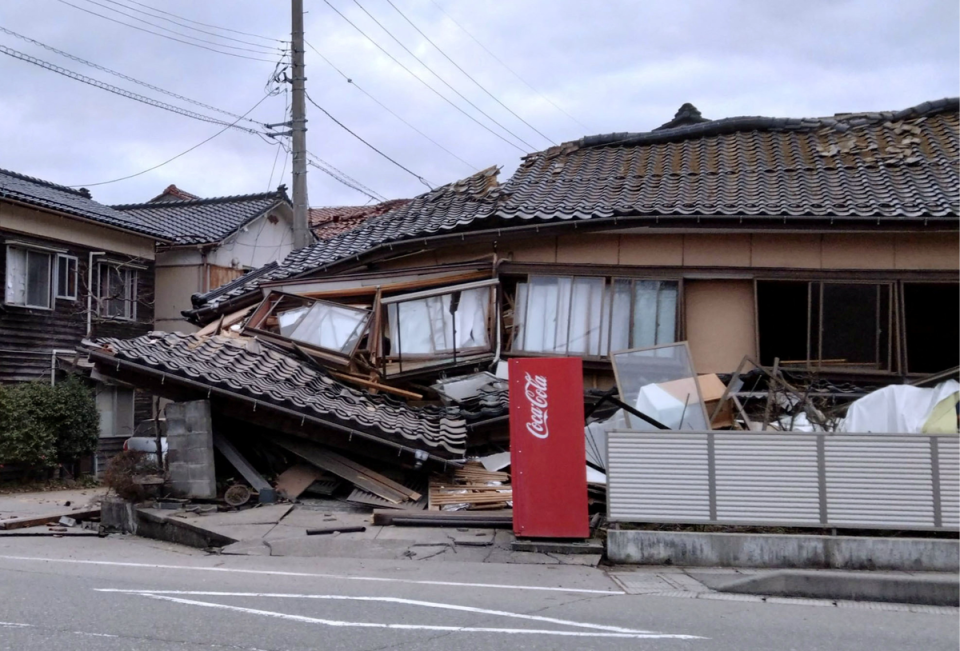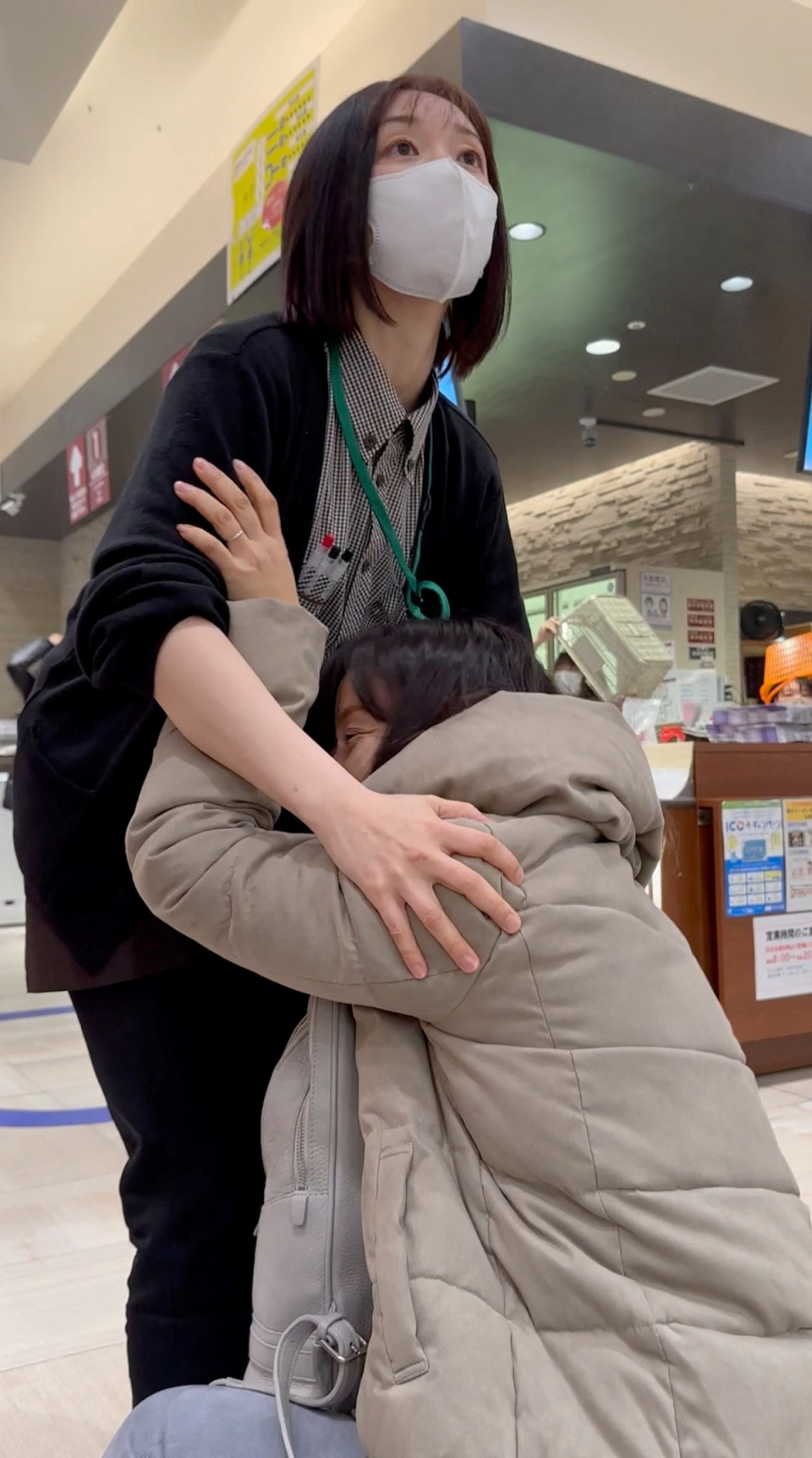Japan earthquake: People trapped in rubble after buildings collapse

At least one person was killed after a powerful earthquake hit Japan on Monday, destroying buildings, knocking out power to tens of thousands of homes and prompting residents in some coastal areas to flee to higher ground.
The quake with a preliminary magnitude of 7.6 triggered waves of about 1 metre along Japan's west coast and neighbouring South Korea, with authorities saying larger waves could follow
An estimated 36,000 homes were left without power, with fears hundreds may be trapped in collapsed buildings. One elderly man was pronounced dead after a building collapse in Shika Town in Ishikawa, Japanese media reported.
Russia and North Korea also issued tsunami warnings for some areas.
Houses have been destroyed, fires have broken out and army personnel have been dispatched to help with rescue operations, government spokesperson Yoshimasa Hayashi told reporters.
Authorities are still assessing the damage.
Officials on Monday afternoon downgraded the previous "major tsunami warning" for the region to a lower level "tsunami warning".
Waves more than 1 metre high hit the coast of Wajima City in Ishikawa Prefecture, NHK reported.

The Japanese government has set up a special emergency center to gather information on the quakes and tsunami and relay them speedily to residents to ensure safety.
Prime Minister Fumio Kishida warned residents to prepare for more disasters.
"I urge people in areas where tsunamis are expected to evacuate as soon as possible," Kishida said.
Japanese news footage showed a crumbled house in Wajima city, Ishikawa Prefecture, and a search was underway to see if people were trapped in the rubble.
Bullet trains in the area were halted. Parts of the highway were also closed, and water pipes burst.
Japanese media reports showed a crowd of people, including a woman with a baby on her back, standing by huge cracks that had ripped through the pavement.
A tsunami nearly 10ft high (3m) was expected to hit Niigata and other prefectures on the western coast of Japan.
Smaller tsunami waves were already confirmed to have reached the coastline, according to NHK.

In Kanazawa, a popular tourist destination in Ishikawa, images showed the remnants of a collapsed gate strewn at the entrance of a shrine as anxious worshippers looked on.
Kanazawa resident Ayako Daikai said she had evacuated to a nearby elementary school with her husband and two children soon after the earthquake hit. Classrooms, stairwells, hallways and the gymnasium were all packed with evacuees, she said.
"I also experienced the Great Hanshin Earthquake, so I thought it would be safest to evacuate," she said.
"We haven't decided when to return home yet."
The area includes a nuclear plant but government spokesman Yoshimasa Hayashi said: "It has been confirmed that there are no abnormalities at Shika nuclear power plant (in Ishikawa) and other stations as of now."
Meanwhile, Russia's emergencies ministry said that parts of the western coast Sakhalin island, situated close to Japan on Russia's Pacific seaboard, were under threat of tsunami.
The local population was being evacuated as a result, state news agency TASS reported on Monday.

In March 2011, a huge earthquake and tsunami struck northeastern Japan, killing nearly 20,000 people, devastating towns and triggering nuclear meltdowns in Fukushima.


